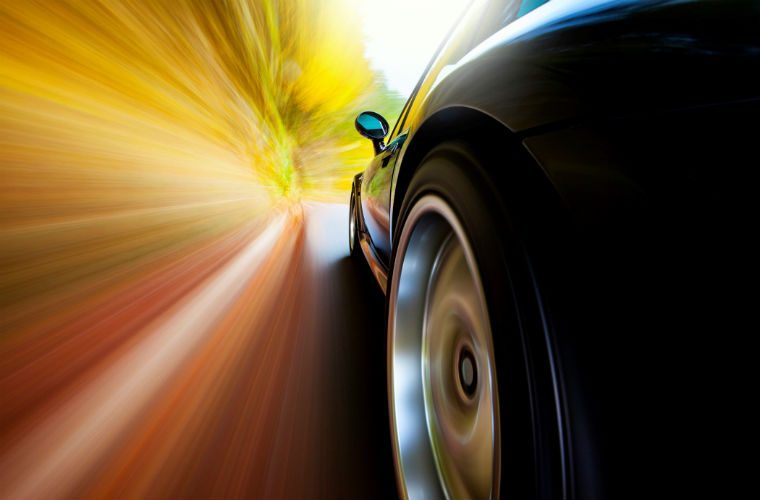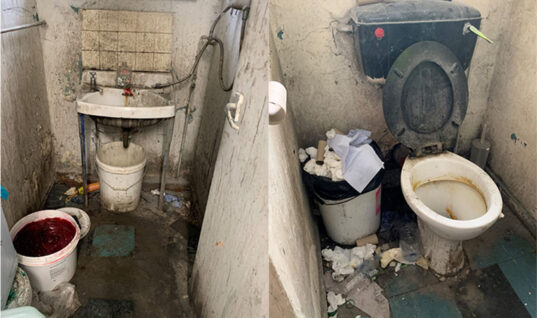Turbocharger specialist, BTN Turbo has highlighted key facts about the extremes turbos undergo on a daily basis and recommends independent garages to always fit OE turbos that are designed to cope with the extremes.
A BTN Turbo spokesperson said: “A turbocharger is subjected to astonishing extremes every day.
“That’s why it’s vital to fit a replacement designed and built to cope with them, by the original turbo manufacturer.
“BTN Turbo only supplies 100 per cent OE new or remanufactured turbos from the major manufacturers, which means these are turbos you can 100 per cent depend on.”
Statistics shared by BTN Turbo show why workshops shouldn’t take the risk of choosing anything other than OE turbos and how, by taking precautionary measures to prevent the three turbo killers (oil contamination, oil starvation and foreign object damage), the life of a turbo can be prolonged.
Why choose an OE turbocharger?
- They run far faster than the engine.
- When the engine is running at 2,000 rpm, the turbine in a typical car turbocharger is spinning at over 280,000 rpm – an amazing 4,666 revs per second. Due to this incredible rotating speed, correct, clean oil is vital.
- The shaft is protected by just a thin film of oil on the bearings, so any problem with the oil will damage the bearings or seals, inevitably leading to turbo failure caused by oil contamination.
- A turbo can accelerate from 20,000 to 150,000 rpm in less than a second. That’s why oil starvation should be prevented by ensuring there is never any delay of oil reaching the bearings. Running a turbo without oil for five seconds is the same as running an engine without oil for five minutes.
- Hotter than a volcano.
- The turbine in a petrol car turbo can reach 1050°C, this is higher than the melting point of glass. In a diesel car turbo, it gets up to 840°C, which is hotter than molten lava. Non-OE components sourced for the lowest possible cost are likely to be made from inferior grade materials and would not be able to tolerate these extreme temperatures; thus, leading to premature turbo failure.
- As fast as jet.
- Air speed at the turbo’s compressor impeller can be close to Mach 1, the speed of sound (1235 km/h or 343 metres per second) so even if a small object was to be sucked into the air intake, due to these speeds the damage to the impeller would be catastrophic. This is known as foreign object damage.
- Gasping for air.
- At average engine revs, a medium size turbocharger will swallow 130 cubic feet of air every minute – the same as the load space volume of a Transit Connect van.
- Micron-perfect.
- To ensure they are perfectly balanced, a turbo’s bearings are manufactured to tolerances smaller than the width of a single human hair.
Select ‘more details’ below for more turbo facts and for further details about BTN Turbo or call 01895 466663.







